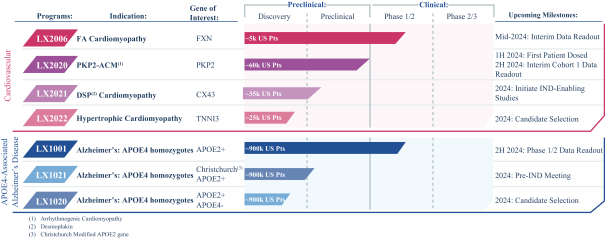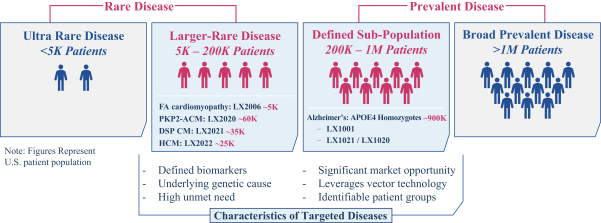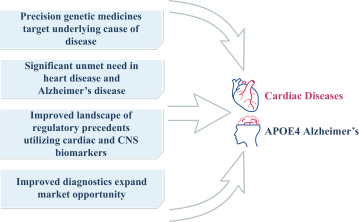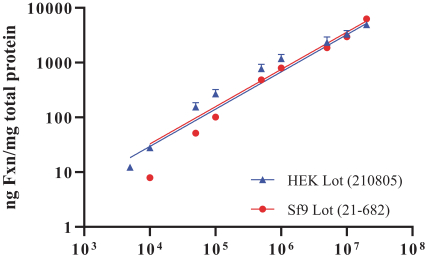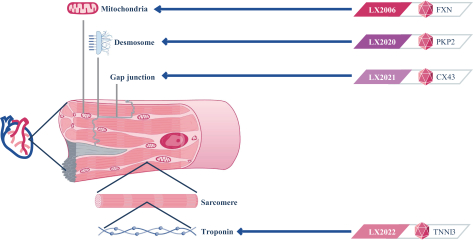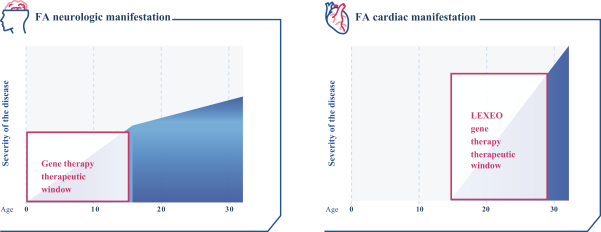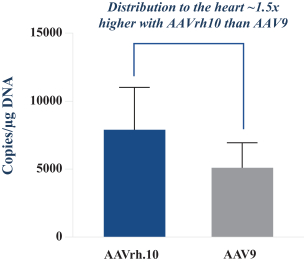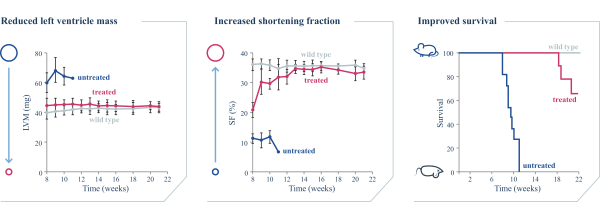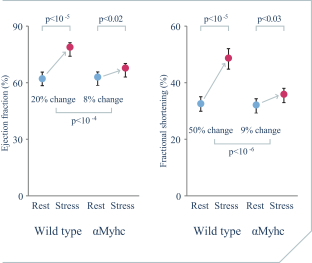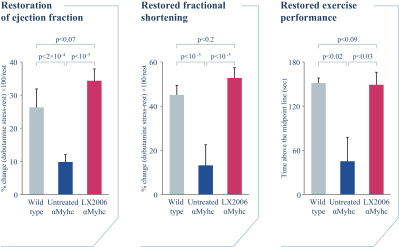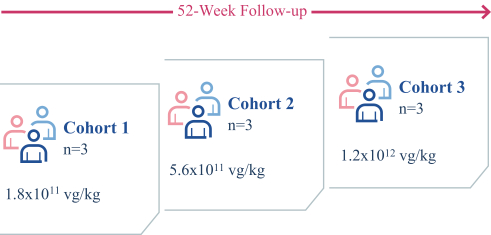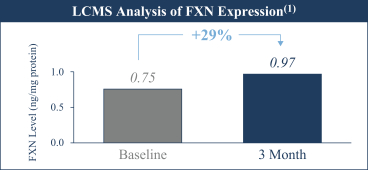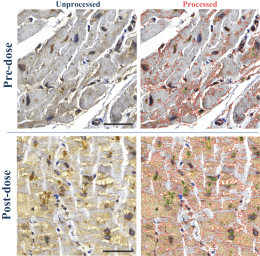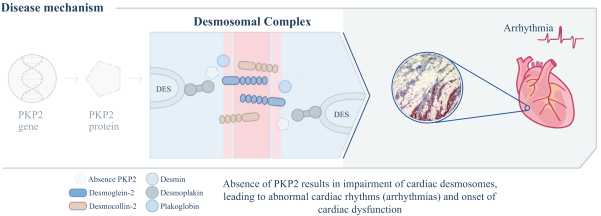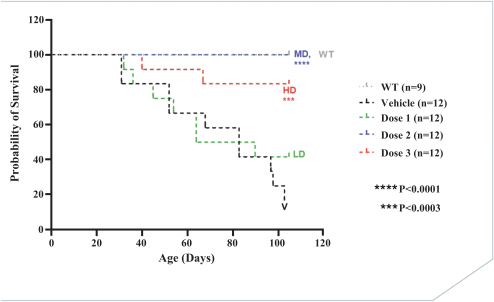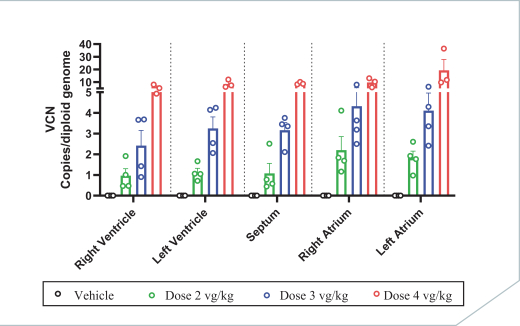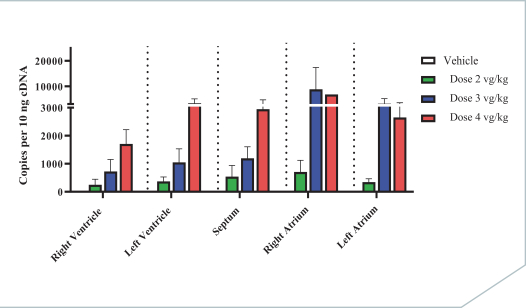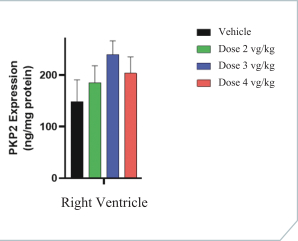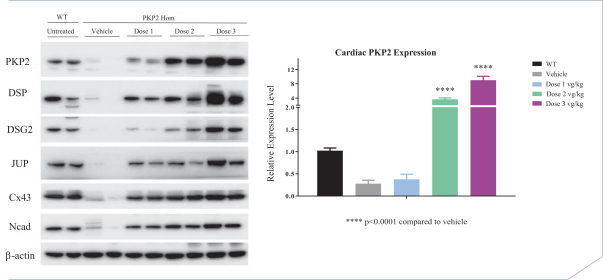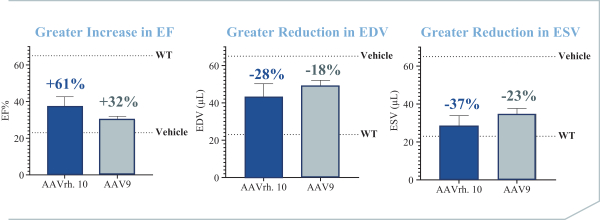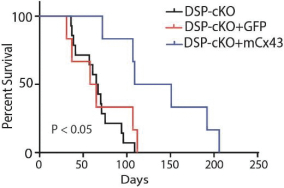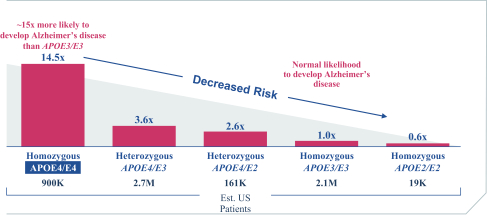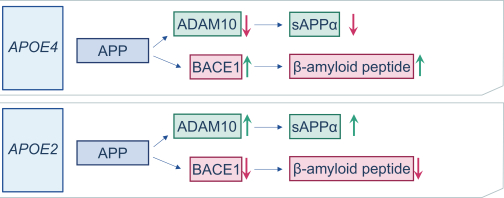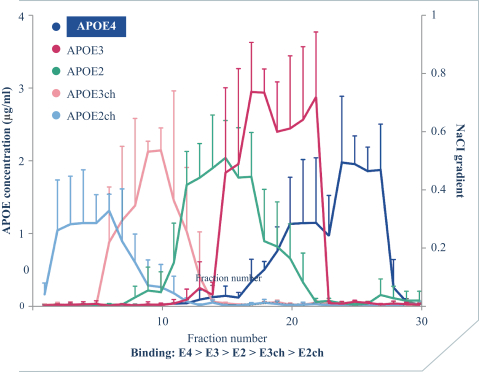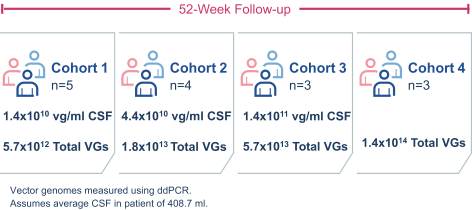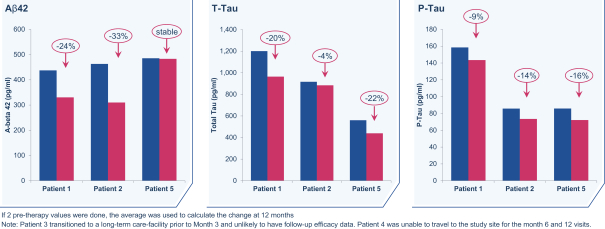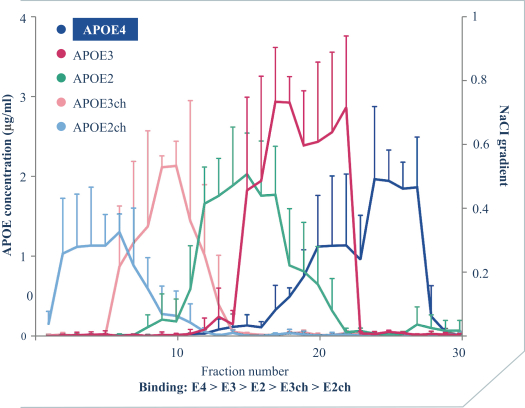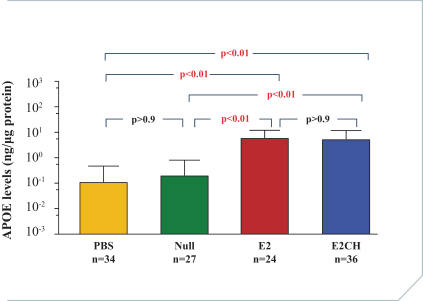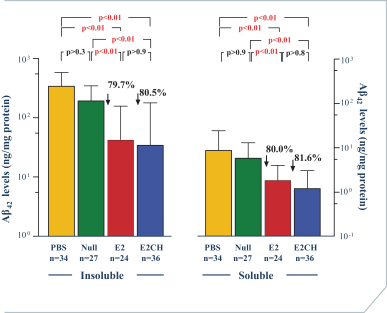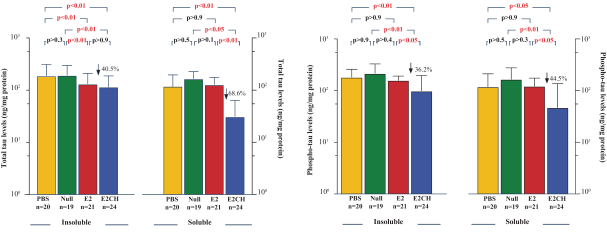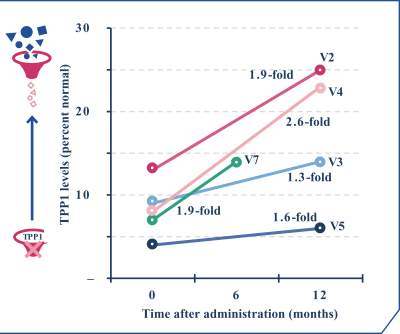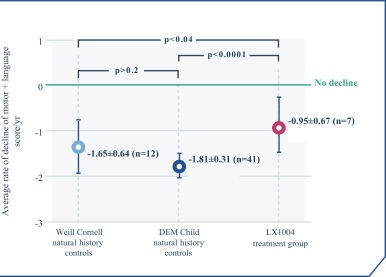NOLs generated in taxable years beginning after December 31, 2017, do not expire and may be carried forward indefinitely, but the deductibility of such NOLs is limited to no more than 80% of current year taxable income. Our U.S. state and local NOLs begin to expire in 2040 and our federal research tax credits begin to expire in 2041.
In addition, under Sections 382 and 383 of the Internal Revenue Code of 1986, as amended, or the Code, if a corporation undergoes an “ownership change,” which is generally defined as a greater than 50% change, by value, in its equity ownership by certain stockholders over a rolling three-year period, the corporation’s ability to use its pre-change NOLs and certain other pre-change tax attributes (such as research tax credits) to offset its post-change taxable income or taxes may be limited. We may have undergone an ownership change in the past and may undergo an ownership change in connection with this offering or in the future some of which may be outside of our control. As a result, if we undergo an ownership change, and our ability to use our pre-change NOLs and other pre-change tax attributes (such as research tax credits) to offset our post-change income or taxes is limited, it would harm our future results of operations by effectively increasing our future tax obligations. U.S. state and local NOLs may be similar limited. In addition, at the U.S. state and local level, there may be periods during which the use of NOLs is suspended or otherwise limited, which could accelerate or permanently increase U.S. state and local taxes owed.
Irrespective of the above, our ability to utilize our NOLs and research tax credits to offset future taxable income or taxes is conditioned on our attaining profitability and generating taxable income. We do not know if and when we will generate sufficient taxable income to utilize our NOLs and research tax credits.
Changes in tax laws or regulations that are applied adversely to us or our customers may materially harm our business.
New tax laws, statutes, rules, regulations, or ordinances could be enacted at any time. Further, existing tax laws, statutes, rules, regulations, or ordinances could be interpreted differently, changed, repealed, or modified at any time. Any such enactment, interpretation, change, repeal, or modification could adversely affect us, possibly with retroactive effect. The Inflation Reduction Act of 2022, or the IRA, enacted a 15% minimum tax on the adjusted financial statement income of certain large U.S. corporations for taxable years beginning after December 31, 2022, as well as a 1% excise tax on stock repurchases made by public corporations after December 31, 2022. Further, the Tax Cuts and Jobs Act of 2017, or the Tax Act, enacted many significant changes in U.S. federal tax laws, some of which were further modified by the Coronavirus Aid, Relief, and Economic Security Act, or the CARES Act, and may be modified in the future by the current or a future presidential administration. Among other changes, the Tax Act amended the Code to require that certain research and experimental expenditures be capitalized and amortized over five years if incurred in the United States or fifteen years if incurred in foreign jurisdictions for taxable years beginning after December 31, 2021. Although the U.S. Congress has considered legislation that would defer, modify, or repeal the capitalization and amortization requirement, there is no assurance that such changes will be made. If the requirement is not deferred, repealed, or otherwise modified, it may increase our cash taxes and effective tax rate. In addition, it is uncertain if and to what extent various states will conform to the IRA, the Tax Act, the CARES Act, or any future U.S. federal tax laws. Changes in corporate tax rates, the realization of net deferred tax assets relating to our operations, the taxation of foreign earnings, and the deductibility of expenses could have a material impact on the value of our deferred tax assets, result in significant one-time charges, and increase our future U.S. tax expenses.
Our business and operations would suffer in the event of system failures, cyberattacks or a deficiency in our or our CMOs’, CROs’, manufacturers’ contractors’, consultants’ or collaborators’ cybersecurity.
Despite the implementation of security measures, our internal computer systems, as well as those of third parties on which we rely, are vulnerable to damage from, among other things, computer viruses, malware, unauthorized
86

